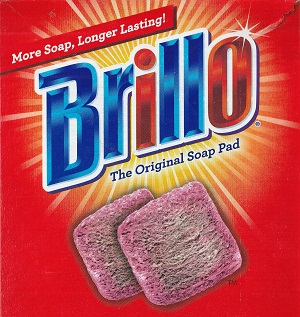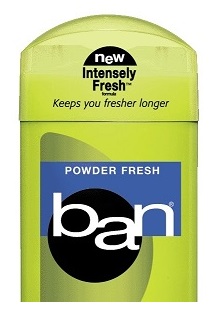
Dangling Comparative
Alias: Hanging Comparative
Taxonomy: Logical Fallacy > Informal Fallacy > Ambiguity > Amphiboly > Dangling Comparative
Example:
In 2001…President Bush was accused of trying to put "more arsenic" in drinking water. In April of that year, the Democratic National Committee ran a TV ad in which a little girl asks, "May I please have some more arsenic in my water, Mommy?" And at the January 4, 2004, debate among Democratic presidential hopefuls in Des Moines, Iowa, Representative Dick Gephardt of Missouri said the Bush administration "tried to put more arsenic in the water. We stopped them from doing it."1
Exposition:
A comparison is, of course, a phrase comparing two things; for instance, "Bud is taller than Lou". Adjectives, such as "tall", come in three "degrees"2:
- Positive: "Lou is short."
- Comparative: "Lou is shorter than Bud."
- Superlative: "Lou is the shortest member of the group."
The positive degree of an adjective can be used of just one item, but the comparative degree is always relating at least two. A dangling, or hanging, comparative is one in which one of the items being compared is missing; for example, "Bud is taller". Sometimes, in context, it's obvious what's missing: if you were just talking about Bud and Lou, it would be clear that Bud was being compared to Lou. However, when the context of the dangling comparative does not make it clear what the missing item is, the resulting comparison is ambiguous.

Exposure:
- Dangling comparatives are frequently used in advertising where they allow sellers to claim that their product is better in some way without committing to what way. For instance, Ban claimed that its "new Intensely Fresh" deodorant "keeps you fresher longer". You might naturally assume that Ban was claiming its product kept you fresher longer than its competitor's products, but when challenged by competitors, it claimed that it was comparing the "new" product to the old one.3
- While dangling comparatives are most familiar from product ads, such as for deodorants, they also occur in more serious contexts, such as politics, as seen in the Example, above. Politicians love to claim that they voted for "lower" taxes, or "higher" education spending, or whatever they think their constituents will like, and that their opponents support "higher" taxes and "lower" defense spending, or whatever they think the voters don't like. However, when a politician claims that he voted for a "lower" deficit or "higher" Social Security payments, it sometimes means "lower" or "higher" than projected rather than less or more than they are now. As a result, it can and has happened4 that a politician will claim to have voted for lower taxes, and his opponent claim that he voted for higher ones, despite the fact that both are talking about the same vote! This is possible due to the miracle of dangling comparatives, because the bill voted for would have lowered taxes from their current rates but lowered them less than an alternative bill. It sounds like a contradiction, but is no more contradictory than that Bud is taller than Lou but shorter than Phil, since the comparisons are between two different things.
- Whenever you hear a comparative, you should ask yourself what is being compared. The answer should be obvious, but if it's a dangling comparative, remember that the missing part may not be what you think.
- As I was in the middle of writing this entry, I happened to notice a box of Brillo pads in the cabinet under my sink: see the picture, above. According to the cover of the box, the pads have "More Soap" and are "Longer Lasting!". I assume that this means that they have more soap than they used to, and are longer lasting than they used to be, but who knows?
But by "more arsenic" Democrats did not mean "more than is in the water now"; the disagreement was over how much to reduce arsenic levels. When Bush took office he suspended a regulation that President Clinton had proposed only days before the end of his term. This last-minute regulation would have reduced the federal ceiling on arsenic in drinking water from 50 parts per billion (ppb), where it had been since 1942, to 10 ppb. … Bush administration officials considered a more flexible limit that would have allowed a limit of as high as 20 ppb in a few cases. That would have been double the limit proposed by Clinton but still a 60 percent reduction compared to the existing ceiling. … At no time did the Bush team propose to raise the limit above the existing level to allow "more arsenic."1
In this case, the comparative term was "more", and the comparison was between the amount of arsenic allowed in water as proposed by the Bush administration and―what? The Democrats were comparing the Bush proposal to their own, but by using a dangling comparative they gave the impression that Bush proposed to increase the amount of allowable arsenic, rather than in fact decrease it. How much arsenic should be allowed in drinking water is, of course, a legitimate issue for honest debate, but this was a dishonest way of formulating the issue.
Notes:
- Brooks Jackson & Kathleen Hall Jamieson, Unspun: Finding Facts in a World of Disinformation (2007), pp. 32-33.
- Robert J. Gula, Precision: A Reference Handbook for Writers (1980), chapter 9.
- Jackson & Jamieson, p. 31.
- See: Logic Check: Dueling Comparatives, 10/26/2005.
Posted: 10/16/2023